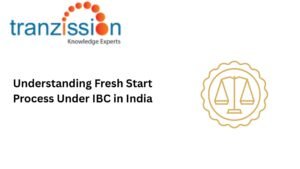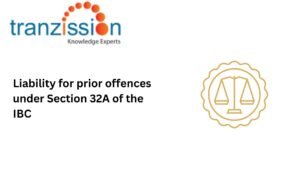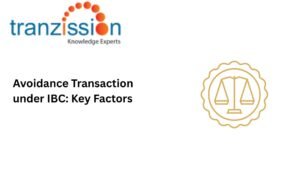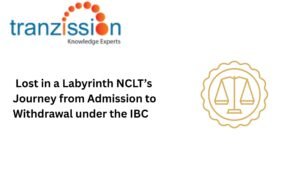
Insolvency Petition Procedure in India
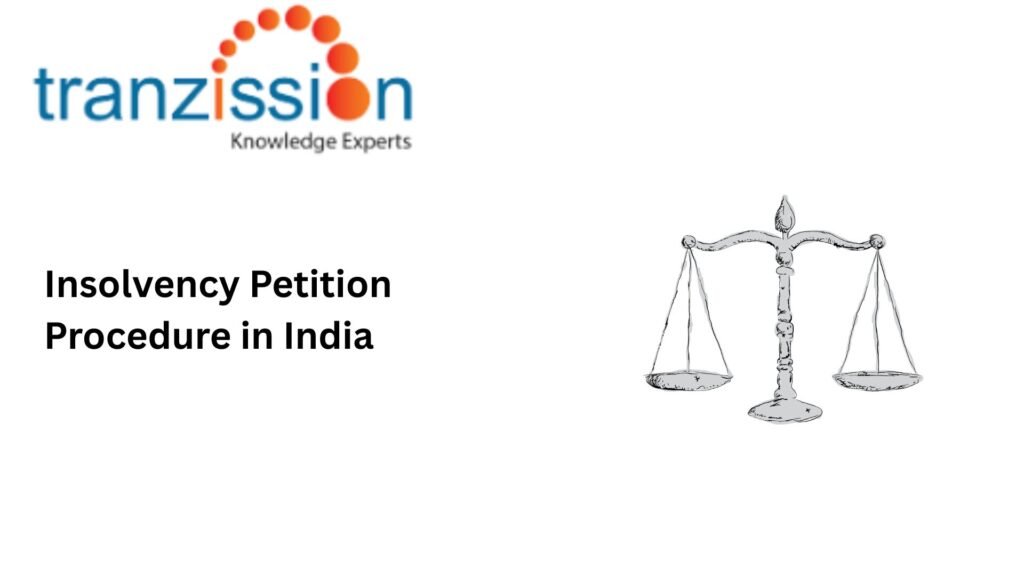
Table of Contents
The Insolvency and Bankruptcy Code, 2016 (“the IBC”) is a crucial framework in India for resolving corporate defaults within a structured and time-bound manner. It aims to maximise asset value, promote entrepreneurship, and balance stakeholder interests. The IBC’s key strength lies in its time bound process, typically requiring completion of the Insolvency Petition Procedure within 180 days, extendable by another 90 days, ensuring swift action and preventing further value erosion.
Who Can File an Insolvency Petition?
The IBC lists certain applicants to file for an insolvency petition under the IBC:
Eligible Applicants:
Financial creditors under section 7 of the IBC: Any entity to whom a financial debt is owed by the corporate debtor can file an application, which includes banks, financial institutions, and other entities that have provided loans or other financial instruments to the company.
Operational creditors under section 9: An operational creditor is someone who is owed a debt for providing goods or services to the corporate debtor. Before filing a petition, they must first issue a demand notice to the corporate debtor and wait 10 days for the debt to be repaid.
The corporate debtor itself can initiate the insolvency resolution process by filing an application under section 10.
Pre-conditions and Debt Threshold:
The pre-condition for initiating insolvency proceedings under the IBC is a minimum of Rs. 1 crore. This threshold applies to applications filed under sections 7, 8, or 10. Prior to March 24, 2020, the minimum default was Rs. 1 lakh, but was increased to Rs. 1 crore. For personal guarantors, the threshold remains at Rs. 1 crore for initiating proceedings under sections 78 and 79 the IBC.
Filing the Insolvency Petition Procedure
To file an Insolvency Petition Procedure with the National Company Law Tribunal (NCLT) bench, along with other required documents, such as an affidavit, memorandum of parties, list of dates, etc., must be filed with the NCLT bench having territorial jurisdiction over the corporate debtor’s registered office. The process involves e-filing on the NCLT portal, and if there are any defects, the applicant will have time to refile the corrected documents. Once the e-filed documents are defect-free, the Registry will issue a unique number. Then, the applicant needs to manually file two sets of the applicant, and demand draft, if applicable, with the Registrar at the NCLT. The filing is considered complete once the manual filing is done.
NCLT Admission & Moratorium
When an Insolvency Petition Procedure is filed with the NCLT, the tribunal verifies if the petition has proper jurisdiction, or locus, and merits, usually within 14 days. If accepted, the petition triggers an automatic moratorium, meaning creditors are restricted from actions like initiating legal proceedings or selling assets, and the company’s board or court actions are temporarily suspended.
Appointment of IRP & Public Notification
An interim resolution professional (IRP) is appointed for a maximum of 30 days to manage a debtor’s affairs and oversee the initial stages of the CIRP. The IRP’s primary responsibilities include collecting claims from creditors, managing the debtor’s assets, and forming the Committee of Creditors (CoC). The IRP is required to make a public announcement immediately upon their appointment, typically within 3 days. This announcement must include details of the corporate debtor, the last date for submitting claims, which is 14 days from the appointment, and information about the resolution timeline.
Claims Submission & Committee of Creditors
The IRP also has the responsibility for receiving and compiling claims from creditors. These claims can be submitted electronically or through other means, and the IRP verifies them before creating a list of creditors. This list includes the creditor’s name, the amount claimed, and the amount of the claim that is admitted. The CoC must be formed by the IRP, which must be completed within 30 days from the initiation of the CIRP. The first meeting of the CoC is crucial for appointing the resolution professional (RP), who will then oversee the rest of the CIRP, which must be held within 7 days of filing a report certifying the CoC’s constitution with the National Company Law Tribunal (NCLT). After the first meeting, the RP can convene further meetings as needed, or when requested by members representing at least 33% of the voting rights.
Read more : What is the purpose of AFA for Insolvency professionals?
Resolution Process
The Insolvency Petition process is long and complex, involving multiple stakeholders at every one. The RP prepares an information memorandum (IM), containing financial information, assets, and liabilities of the corporate debtor, to solicit resolution plans from potential applicants. This IM is crucial for applicants to understand the company’s situations and formulate viable plans to revive it. It is shared with resolution applicants after they provide an undertaking to maintain confidentiality and not misuse the information. A resolution plan under the IBC requires a 66% approval from the CoC. If approved by the CoC, the RP then presents the preferred resolution plan to the NCLT for the final approval.
Timeline & Extensions
Under section 12 of the IBC, the CIRP generally has a strict time limit. It mandates that CIRP must be completed within 180 days from the date of admission of the application. This period can be extended once by a further 90 days, making the maximum time for completion 330 days. Extensions beyond 330 days are generally not permitted, but courts can grant them in exceptional circumstances.
Outcome: Resolution or Liquidation
If Resolution Plan Approved: If the NCLT approves the resolution plan under section 31(1) of the IBC, the moratorium imposed on the corporate debtor ceases to have effect from the date of the approval, not from the date of implementation of the plan. The moratorium ends upon approval, even if the plan is not fully executed.
If No Plan or Rejection: If the NCLT does not approve a resolution plan for a corporate debtor, or if no plan is submitted within the CIRP, it will order the liquidation of the corporate debtor. In such cases, the RP becomes the liquidator, and initiates the sale of assets and distribution of proceeds according to section 33 of the IBC .
Conclusion
The Insolvency Petition Procedure process involves a series of steps from filing a petition to either resolving the insolvency or initiating liquidation. It begins with the NCLT admitting an application for the CIRP. This triggers a moratorium, halting legal actions against the debtor, and an Insolvency Petition Procedure is appointed. The Insolvency Petition Procedure oversees the process and manages the debtor’s affairs, who can be replaced by a RP if the CoC decides to do so. The CoC reviews and approves a resolution plan. If a viable plan is approved by the CoC and the NCLT, it is implemented and, if not, the process moves to liquidation.

